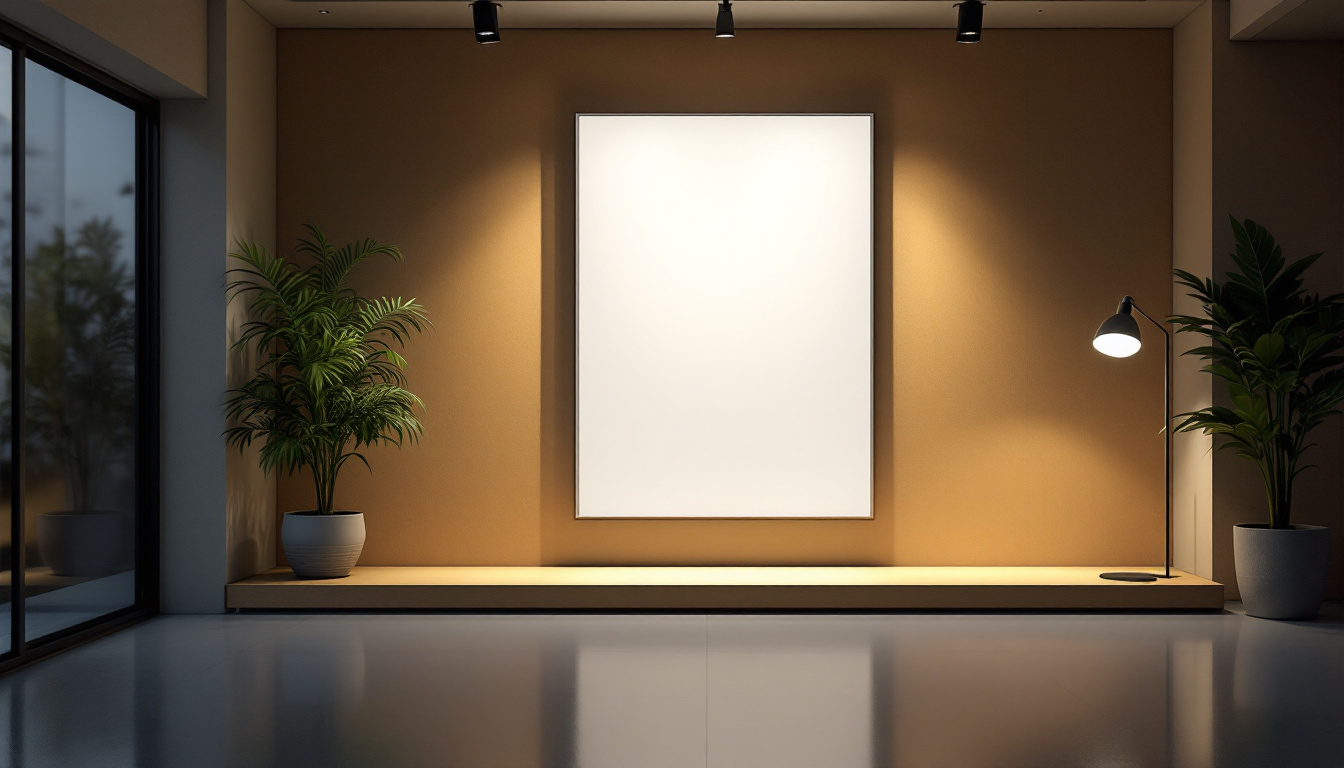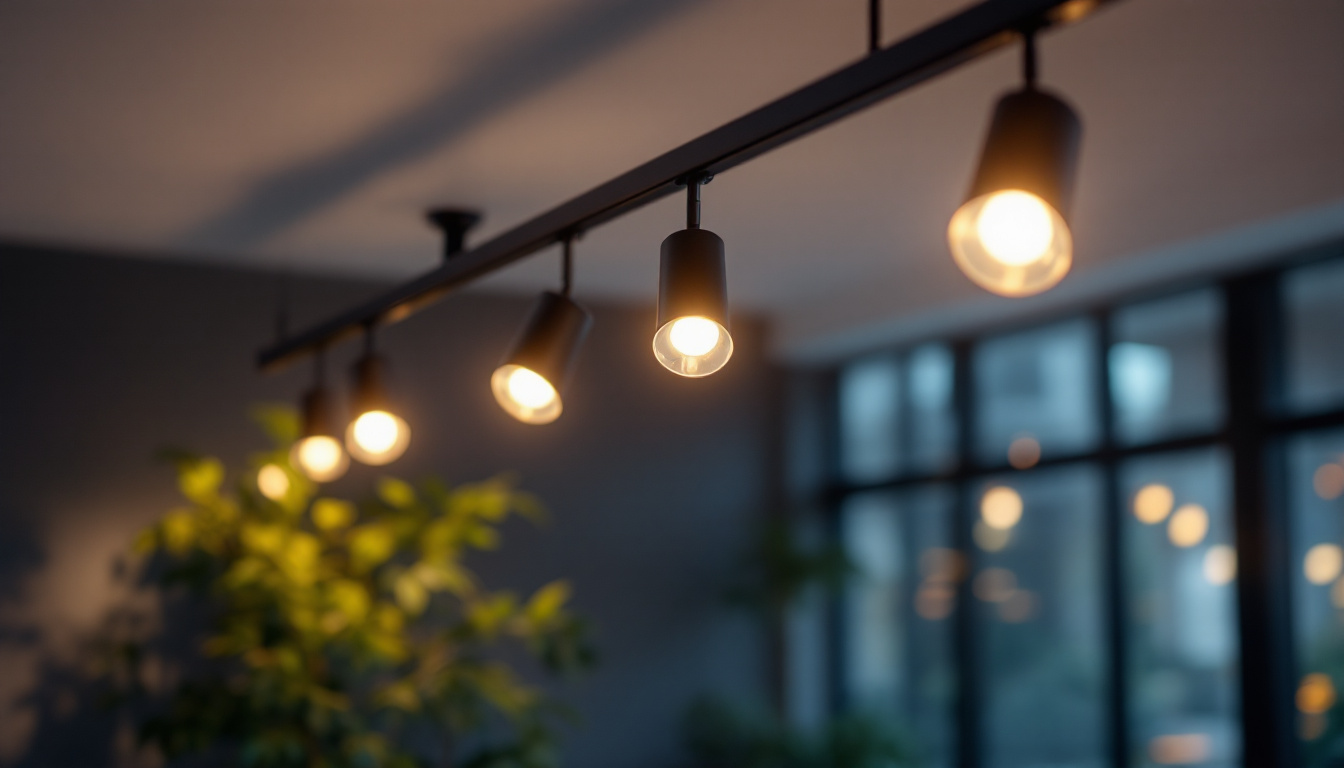

LED flood lights have revolutionized the way outdoor spaces are illuminated. With their energy efficiency, longevity, and versatility, these lights have become a staple for lighting contractors. However, the transition to LED technology comes with its own set of challenges. Understanding these challenges and how to overcome them is crucial for contractors looking to succeed in this evolving market.
As the demand for sustainable and efficient lighting solutions grows, contractors must adapt to new technologies and customer expectations. This article explores the various challenges faced by lighting contractors when working with LED flood lights and offers practical solutions to navigate these hurdles.
One of the primary challenges contractors face is the initial cost of LED flood lights, which can be significantly higher than traditional lighting options. While the long-term savings on energy bills and maintenance costs are substantial, many clients may be hesitant to invest upfront. Educating customers about the total cost of ownership, including energy savings and the reduced need for replacements, can help alleviate these concerns. Additionally, showcasing case studies or testimonials from previous projects can effectively demonstrate the value and efficiency of LED technology.
Another challenge is the technical knowledge required to install and maintain LED flood lights properly. Unlike conventional lighting systems, LED fixtures often come with advanced features such as smart controls and integrated sensors. Contractors must stay updated on the latest advancements in LED technology to provide the best service possible. This may involve investing time in training and certification programs, which can enhance a contractor’s credibility and skill set. Furthermore, developing partnerships with manufacturers can provide access to valuable resources, including technical support and product training, ensuring that contractors are well-equipped to handle any project with confidence.
One of the primary challenges lighting contractors face is keeping up with the rapid advancements in LED technology. New products, features, and specifications are constantly emerging, making it essential for contractors to stay informed. This can be overwhelming, especially for those who have traditionally relied on older lighting technologies.
To effectively adapt to these changes, contractors should invest time in training and education. Attending workshops, webinars, and industry conferences can provide valuable insights into the latest trends and innovations. Additionally, subscribing to industry publications and following reputable online resources can help contractors stay updated on new products and best practices. Networking with peers in the industry can also be beneficial, as sharing experiences and solutions can lead to a deeper understanding of the challenges and opportunities presented by new technologies.
Many clients may not fully understand the benefits of LED flood lights compared to traditional lighting options. This lack of knowledge can lead to misconceptions about cost, performance, and installation. Lighting contractors must take the initiative to educate their clients about the advantages of LED technology.
Providing clear, concise information about energy savings, longevity, and environmental benefits can help clients make informed decisions. Creating visual aids, such as comparison charts or case studies, can also be effective in illustrating the advantages of LED flood lights. By empowering clients with knowledge, contractors can foster trust and facilitate smoother project discussions. Furthermore, offering demonstrations or showcasing previous successful installations can provide tangible evidence of the benefits, making it easier for clients to visualize the potential improvements in their own spaces.
Installing LED flood lights can present unique challenges, particularly when retrofitting existing systems. Compatibility issues with older infrastructure can complicate the installation process, leading to delays and increased costs. Additionally, the physical characteristics of LED fixtures, such as size and weight, may require adjustments to mounting hardware or support structures.
To mitigate these challenges, contractors should conduct thorough site assessments before installation. Understanding the existing electrical systems and physical constraints can help in planning the installation process more effectively. Moreover, having a clear communication channel with the client about potential challenges and solutions can minimize misunderstandings and ensure a smoother installation experience. Furthermore, contractors might consider developing a checklist or a standardized protocol for installations that addresses common issues, enabling them to streamline their processes and enhance efficiency. This proactive approach not only reduces the likelihood of unexpected complications but also reinforces the contractor’s professionalism and reliability in the eyes of the client.
One of the common concerns with LED flood lights is the quality of light they produce. Some clients may worry that LED lights do not provide the same warmth or brightness as traditional options. Additionally, achieving the desired light distribution can be challenging, particularly in large outdoor areas.
To address these concerns, contractors should focus on selecting high-quality LED products that offer adjustable color temperatures and beam angles. Demonstrating the versatility of LED flood lights through samples or mock-ups can help clients visualize the end result. Furthermore, utilizing photometric analysis tools can assist in designing lighting layouts that ensure optimal light distribution across the intended area.
While LED flood lights are known for their energy efficiency, some clients may still have misconceptions about their overall cost-effectiveness. Initial investment costs can be higher than traditional lighting options, leading clients to question the long-term savings.
Contractors should emphasize the total cost of ownership when discussing LED flood lights. This includes not only the initial purchase price but also energy savings, maintenance costs, and longevity. Providing a detailed breakdown of potential savings over time can help clients see the value in their investment. Additionally, highlighting any available rebates or incentives for energy-efficient lighting can further encourage clients to choose LED options.
Navigating local building codes and regulations can be a significant challenge for lighting contractors. Different municipalities may have varying requirements for outdoor lighting, particularly regarding energy efficiency and environmental impact. Failure to comply with these regulations can result in fines, project delays, and reputational damage.
Contractors should familiarize themselves with local codes and regulations related to LED flood lights. Engaging with local authorities or industry associations can provide valuable insights into compliance requirements. Additionally, maintaining open communication with clients about regulatory considerations can help manage expectations and ensure a smoother project execution.
As sustainability becomes a focal point in many industries, lighting contractors must also consider the environmental impact of their projects. LED flood lights are generally more eco-friendly than traditional options, but there are still factors to consider, such as the disposal of old fixtures and the sourcing of materials.
Contractors can take proactive steps to minimize their environmental footprint by implementing recycling programs for old lighting fixtures and selecting products made from sustainable materials. Educating clients about the environmental benefits of LED technology can also enhance the appeal of these solutions. By prioritizing sustainability, contractors can position themselves as responsible and forward-thinking professionals in the industry.
Strong communication is the foundation of successful client relationships. Lighting contractors must ensure that they are effectively conveying project details, timelines, and expectations throughout the process. Miscommunication can lead to misunderstandings, dissatisfaction, and ultimately, lost business.
Establishing clear lines of communication from the outset is essential. Regular updates, whether through emails, phone calls, or in-person meetings, can keep clients informed and engaged. Additionally, utilizing project management tools can help streamline communication and ensure that all parties are on the same page.
Providing exceptional post-installation support is another critical aspect of maintaining client relationships. After the installation of LED flood lights, clients may have questions or require assistance with adjustments and maintenance. Being responsive and available for support can enhance client satisfaction and foster long-term loyalty.
Contractors should consider offering maintenance packages or follow-up consultations to address any concerns that may arise after installation. This not only demonstrates a commitment to client satisfaction but also opens opportunities for repeat business and referrals. By prioritizing post-installation support, contractors can differentiate themselves in a competitive market.
In the modern landscape of lighting design, utilizing advanced software can greatly enhance the efficiency and accuracy of projects. Design software allows contractors to create detailed lighting plans, simulate different lighting scenarios, and visualize the final outcome before installation.
Investing in quality design software can streamline the planning process and help contractors present their ideas more effectively to clients. By providing visual representations of the proposed lighting solutions, clients can better understand the benefits and make informed decisions. This can lead to increased client confidence and a smoother approval process.
The integration of smart technology into LED flood lights is another trend that lighting contractors should embrace. Smart lighting solutions offer enhanced control, energy management, and customization options for clients. However, this also requires contractors to stay updated on the latest smart technology developments.
Contractors can benefit from familiarizing themselves with smart lighting systems and their installation requirements. Educating clients about the advantages of smart technology, such as remote control and energy monitoring, can make these solutions more appealing. By positioning themselves as knowledgeable about smart lighting, contractors can attract tech-savvy clients and differentiate themselves in the market.
The transition to LED flood lights presents both challenges and opportunities for lighting contractors. By understanding the technological, performance, regulatory, and client relationship challenges, contractors can develop effective strategies to navigate this evolving landscape. Embracing education, effective communication, and innovative technology will not only enhance project outcomes but also foster lasting client relationships.
As the demand for energy-efficient and sustainable lighting solutions continues to grow, lighting contractors who adapt to these changes will be well-positioned for success. By overcoming challenges and leveraging the benefits of LED technology, contractors can thrive in a competitive market and contribute to a brighter, more sustainable future.
Ready to overcome the challenges of LED flood lights and elevate your lighting projects? At LumenWholesale, we provide lighting contractors with the resources they need to succeed. Our spec-grade lighting products are designed to meet the highest industry standards, ensuring durability and performance. With unbeatable wholesale prices and the convenience of free shipping on bulk orders, you can trust us to supply premium lighting solutions that align with your commitment to quality and value. Don’t let inflated markups dim your project’s potential. Choose LumenWholesale for the best value in lighting. Wholesale Lighting at the Best Value is just a click away.

Discover how small hallway light fixtures can transform your space with effective lighting solutions.

Explore how innovative light panels are revolutionizing energy efficiency in modern architecture.

Discover the essential insights lighting contractors need to master architectural track lighting.

Discover why solar exterior lighting with motion sensors is revolutionizing the industry.
Get notified when NEW deals are released.
Optimize your budget with wholesale discounts.
Only top-quality, specification-grade lighting products.
No additional costs at checkout - what you see is what you pay.
We understand the unique needs of contractors.